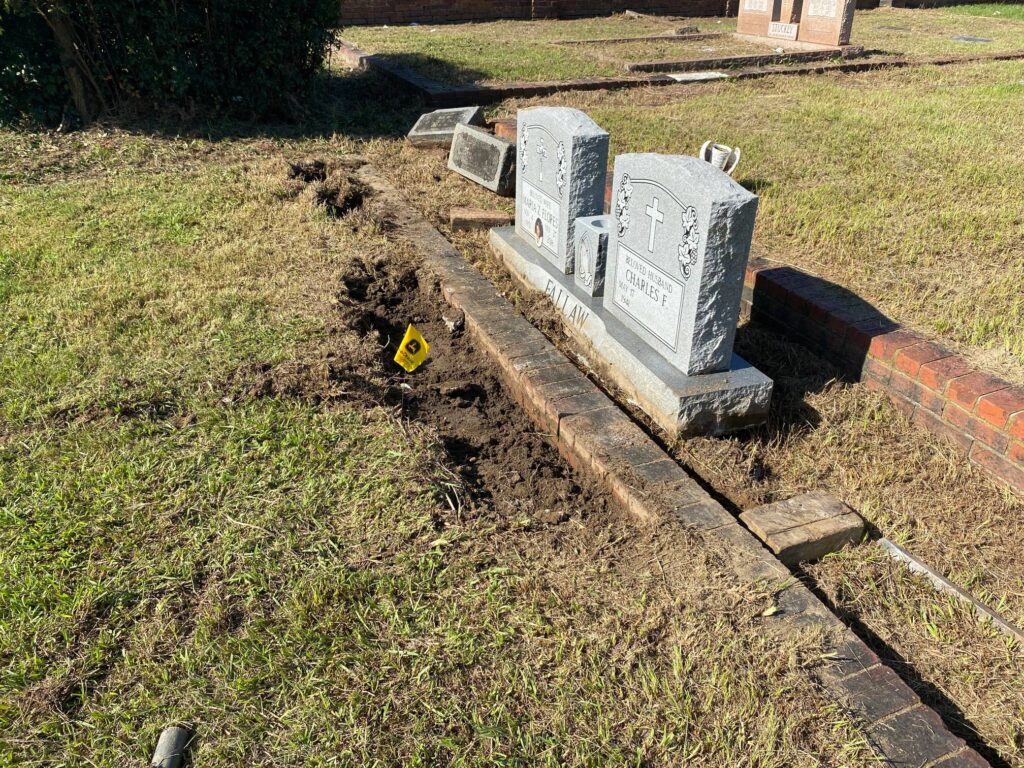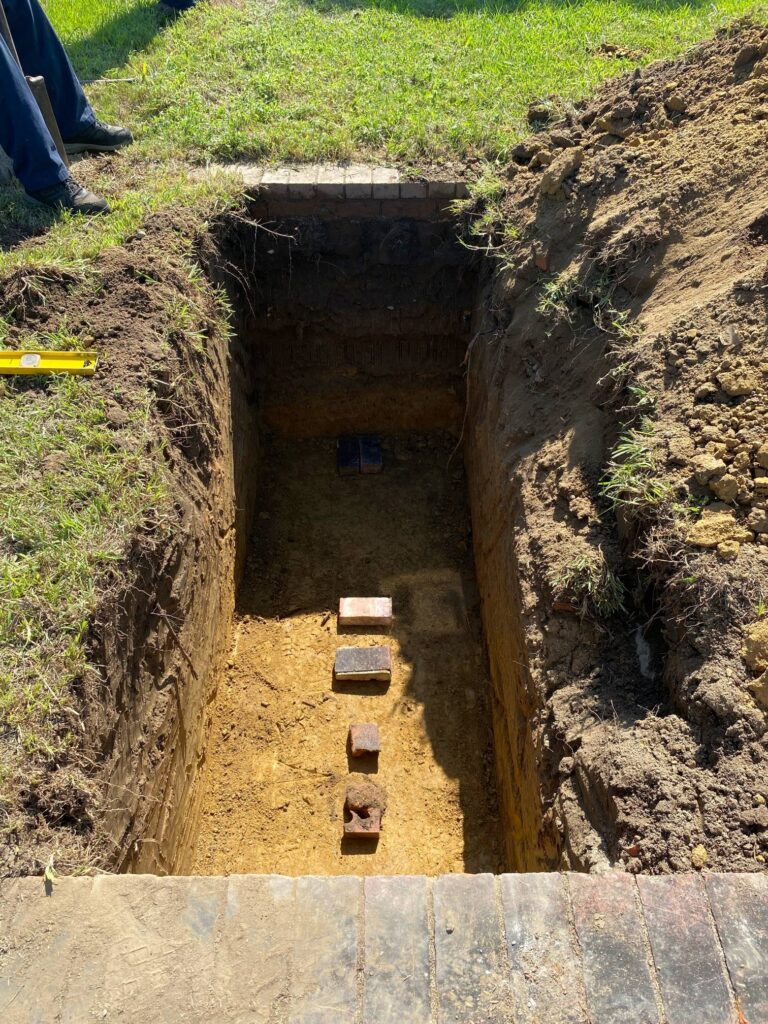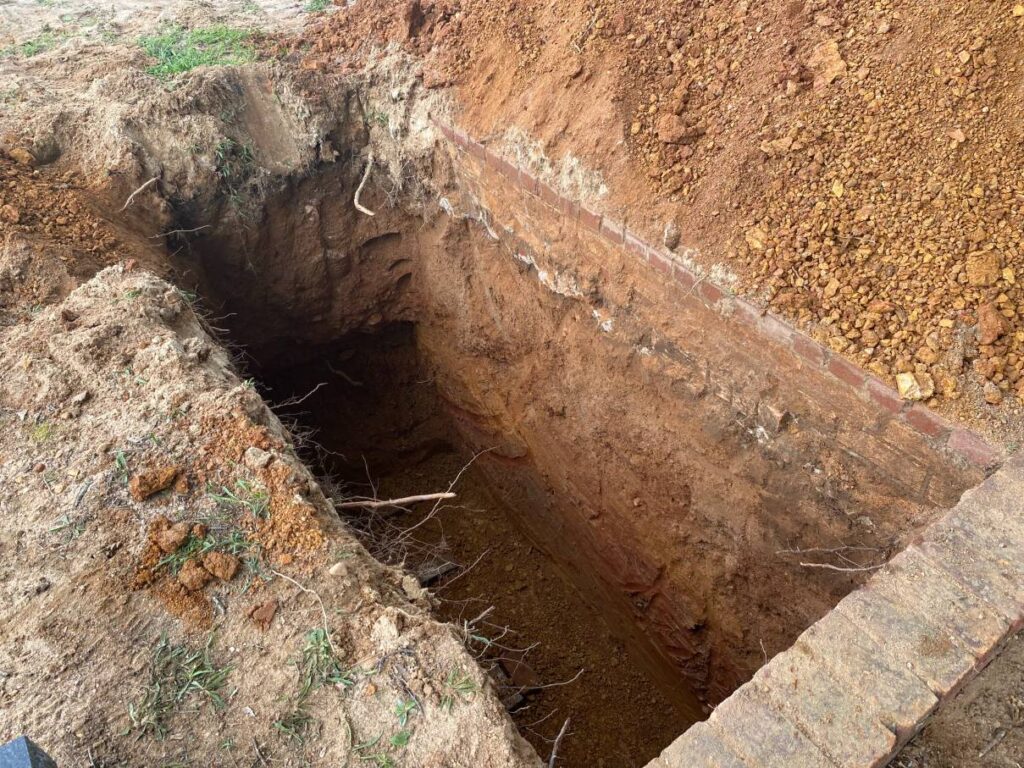When organizing a person’s funeral, a lot of important decisions are to be made. From what type of burial they would want, to where they would want to be buried, there are many decisions for the family to make. When they choose funeral directors, they will work with them to help them make those tough decisions for their loved ones. They will also assist with arranging all the important details such as choosing the casket, picking out flowers and choosing when to hold the funeral. Another crucial job for them is to help the family decide where they want their loved one to be buried.
After all, there might be a special place they want the deceased to be buried. Whether that is in a certain area or with other family members, they have to make that important decision. The mortician will then either arrange for the grave to be dug or will work with a company to ensure this is arranged for the deceased. It’s more complex than you think with plenty of planning required. Therefore, here is our guide on how to dig a grave.



The steps to take when you are digging a grave
When a grave needs to be dug, there are several steps that need to be followed to ensure it’s done efficiently. After all, you want to ensure the site remains intact and is of the highest quality. Here are the steps to take when you are digging a grave so it’s done correctly.
Decide on the location
Firstly, a decision needs to be made on where the grave will be. There needs to be a specific burial site which can be discussed with the cemetery caretakers. They normally have a lot where at least four graves can be situated. This needs to be decided first before any digging can take place.
Plan around the weather
The next thing you need to do is ensure you are ready for the weather conditions. After all, you don’t want the grave to be ruined by rain or the hot sun.
Get the template ready
Once it’s been decided where the grave will be, it’s a good idea that the template is made. That way, the digging can commence in exactly the right area. You want to ensure the grave is not too close to other graves.
Remove the top layer
To make the whole process easier, you should then remove the top soil layer. When this has been removed, this can be put aside to be placed back on after.
Decide on where the dirt will go
You should decide where you are putting the dirt. It might be the case that this will go in a dump truck. Whatever your decision, this needs to be removed when digging the hole. Remember some will remain to go back in the grave when you have finished digging.
Square the corners
You want to make the grave the correct shape. Therefore, you should square the corners as you are doing the grave. That way, it’s in the correct shape. The sides also might need squaring off too as you dig.
Prepare for the service
Once the grave has been dug, it can be covered and then the service can be arranged.

How long does it take to dig a grave?
Now you know how to dig a grave, the question is how long it takes. After all, this can affect when a service can take place. It could delay a funeral occurring if it’s not ready in time and everything can only run to plan if the grave has been dug. Many factors can affect the time it takes. For instance, it can take time to get permission to dig the grave. Also, waiting for approval from the family can take time. Another factor is how you dig it. After all, the time taken to dig a grave depends on how it’s dug. It can either be dug by hand or by machine. Therefore, here is the amount of time it takes to dig a grave by hand and machine.
Dug by hand
It might be the case that the grave needs to be dug by hand. Some cemeteries still prefer this technique and if this is the case, normally two people will need to dig the grave by hand. The time taken if done by hand depends on the experience the diggers have. If the people haven’t dug a grave before, it could take up to 10 hours to dig the grave. After all, the process is not easy and it can take a while to get used to it.
However, if people are experienced at digging a grave and know what to do, this process can be shorter. In this situation, the grave can take a shorter time of four to five hours. However, the weather will impact how long it takes to dig a grave. After all, in the summer, the soil will be much easier to dig so it will be a shorter process. However, in the winter, it could be frozen and a lot harder to dig.
Dug by machine
A lot of cemeteries now use equipment to dig a grave. It’s easier and requires less manual work. It makes the whole process quicker. If you have heavy equipment to dig a grave, you can expect the process to take roughly an hour.
Although, the seasonal changes to the ground and soil will play a part in how long the process takes. In the summer months the ground will become a lot harder due to the lack of rain, which could slow down the digging process.
In the winter, the ground will be much softer if there has been a lot of rain, thus making digging the hole a lot faster. However, hauling the excess dirt away will add some time to the process. This is because whilst the ground is softer in the winter months, the machinery is much harder to move around as it becomes much more difficult to keep it in place.
Some other factors that could slow the time it takes to dig a grave include: being in tight spots in the cemetery, having to move upright monuments, having to move headstones that vary in size and weight, and having to move coping. It is important to be aware of these.
What affects the cost?
The cost of a grave depends on a number of factors. It’s normally one specific cost which includes any paperwork, securing of permits and the equipment needed to dig the grave and lower the casket. Here are some of the main influences that will affect the cost.
The location of the grave
Where the plot is located can affect the cost when digging a grave. After all, if you want a grave to be dug in a public cemetery, it’s going to be a cheaper price than if you go for a plot in a private cemetery. Also, regions differ in prices. In more urban areas, the prices are higher for digging a grave than in more rural areas. Therefore, the price really changes depending on the location.
The markers
Removing and resetting markers to prepare a grave.
The size of markers on the grave can make a big difference in the overall price. If a plot is chosen in a private cemetery, the price will be higher for the grave markers to be moved and reset.
Additionally, what markers are used will cause the price to change. For instance, an larger marker will cost more than a smaller marker.
Here is a sample price list for moving and resetting markers:
- Single Flat Marker – $55
- Flat Double Marker – $210
- Single Upright Marker – $190
- Double Flat Marker – $235
- Base Size 4ft & smaller – $250
- Double Upright Marker – $285
- Base sizes from 4ft-6ft long will have to be priced on site.
- Markers w/ bases over 8ft, brickwork, & odd styles priced on site.
The permit
Any permits needed can also affect the price when it comes to digging a grave. For instance, some areas where a grave needs to be dug may require a burial permit. If one of these is needed, you could end up paying a fee. Therefore, this could increase the price paid to dig a grave.
The types of graves
There are different types of graves that can be dug in the required area. A traditional grave tends to be around 4ft to 5ft deep and this tends to be for one burial vault. Here are some of the other types of graves that you might need to dig in the cemetery. This tends to be for a single burial vault.
A companion-style grave
It might be the case that two or more family members want to be buried together when they die. In this case, two plots next to each other can be bought and the burial vaults are then buried side by side. Or the grave is then doubled in depth and one is placed above the other. If one person wants a burial while the other wants to be cremated, the urn can be placed in the plot with the burial vault.


A cremated remains grave
It is possible to dig a grave which will just contain an urn or even just the ashes of the loved one. These have their own specific rules so it’s worth checking the rules with the cemetery. They are often a lot smaller in size.
What is the process for a pet grave?
It’s always a sad time when a family pet passes away. If a beloved pet needs to be buried, a plot can be chosen at a cemetery or the pet can be buried at home with permission. Depending on the size of the pet, the grave will be dug about 3’ deep. Remember to ensure you have permission before you start digging. And it’s best to place the pet in a biodegradable container such as cardboard. Once the pet has been buried, you could always plant flowers on top or plant some seeds to make it an attractive area. You can also buy a headstone for the area.




